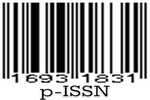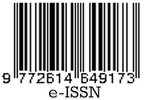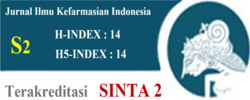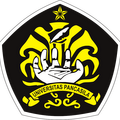Analisis Mutasi pada Kodon 531 Pada Gen Rpob Mycobacterium tuberculosis Penyebab Resistensi Rifampisin
Abstract
Tuberculosis (TB) is a serious disesase in the world. According to the WHO, it is estimated more than 3 million people die every year as a result of this infectious disease. One factor that causes diffi culty handling TB chemoteraphy is not effective against the bacteria Mycobacterium tuberculosis that causes TB . Effectiveness of treatment is often hampered by the emergence of bacterial resistance against M. Tuberculosis chemotherapy agents are given. From some research found that bacterial resistance may occur in more one type of chemotherapy agent also known as multi-drug resistance (MDR). Mycobacterium tuberculosis develop resistance mechanisms that are different from other bacteria in general. In prokaryotes, resistance is generally due to the transfer of genetic, either through plasmids,transposons and other. Reference sequence beta sub unit of RNAP protein M. Tuberculosis with accession number NP_215181.1 and M. tucerculosis rpoB gene with accession number NC_000962.3 used to obtain preliminary information from the data base www.ncbi.nlm.gov and www.uniprot.org . Mutation done according to several studies literature. Analysis of the composition, profi le, location and structure of protein using www.expasy.org, TMHMM and http://bioinf.cs.ucl.ac.uk/psipred. The primer design is done with Primer Design Program. Based on the analysis of mutation in the beta subunit of RNAP protein M. Tuberculosis, codon 531 (Ser ->Leu), it is known that mutations cause changes in some properties and structure of proteins. Possible changes affecting the nature of bacterial resistance to antibiotics rifampicin. However, further analysis needs to be done with the analysis of the docking technique.
References
2. Gillespie, Stephen.H. Evolution of drug resistance in Mycobacterium tuberculosis: Clinical and molecular perspective. Antimicrobial Agens And Chemotherapy. Vo.46. No.2: 267-274;2002.
3. WHO. 2005. Anti-TB drug resistance in the world:WHO/ IUATLD global project on Anti- Tuberculosis drug resistance surveillance, 1999-2002, Third Report
4. Musser, James M. Antimicrobial Agent Resistance in Mycobacteria : Molecular gengetic Insights. Clinical microbioal reviews.8: 496-514;1995
5. Johnson, Rabia., E. M Streichher. G.E. Louw, et al. Drug Resistance in Mycobacterium tuberculosis. Curr.Ussues Mol. Biol. 8: 97-112; 2005.
6. Kunin, Masai H., Arai K., 1996. Mechanism of Primer RNA Synthesis and D loop/ R loop- Dependent DNA Replication in E.coli. Journal Biochemical Elsevier. 78 (11-12: 1109-17).
7. Alexander P, and J.,W., Fordon. 2001. Having a BLAST with Bioinformatics. Journal Genome Biology.
8. Van Rosmaleen M., et al., 2004. Type I signal Peptidases of Gram Positive Bacteria. Journal Biochim. Biophys Acta.
9. Nothafth and Szymanski E.M.,. 2013. Bacterial Protein N. Glycosilation: New Perspective and Applications. Journal Biology Chemistry. Mar 8; 288 (10) 6912 - 20.
10. Campbell E., 2001. Structural Mechanism for Rifampicin Inhibition of Bacterial RNA Polymerase. Cell.104(6): 901-12
11. Deepa, P., K. L. Therese and H. N. Madhavan., 2005. Detection and Characterization of mutations in rifampicin reisstance Mycobacterium tuberculosis clinic isolates by DNA sequencing. Indian Journal of Tuberculosis.52: 132-136
12. Mokrousov, I., T.Otten, B. Vyshnevskiy and O. Narvskaya. 2003. Allele-specifi c rpoB PCR assays for detection of rifampin-resistance Mycobacterium tuberculosis in sputum smears. Antimicrobial Agents and Chemotherapy. 47: 2231-2235
13. Smith, Issar. 2003. Mycobacterium tuberculosis pathogenesis and molecular determination of virulence. Clinical Microbiology reviews. Vol.16. No. 3: 463-496
14. Madania A., Habous M.,Zarzour A., Ghauri I., Hebbo B., 2012. Characterization of mutations causing
Licencing
All articles in Jurnal Ilmu Kefarmasian Indonesia are an open-access article, distributed under the terms of the Creative Commons Attribution-NonCommercial-ShareAlike 4.0 International License which permits unrestricted non-commercial used, distribution and reproduction in any medium.
This licence applies to Author(s) and Public Reader means that the users mays :
- SHARE:
copy and redistribute the article in any medium or format - ADAPT:
remix, transform, and build upon the article (eg.: to produce a new research work and, possibly, a new publication) - ALIKE:
If you remix, transform, or build upon the article, you must distribute your contributions under the same license as the original. - NO ADDITIONAL RESTRICTIONS:
You may not apply legal terms or technological measures that legally restrict others from doing anything the license permits.
It does however mean that when you use it you must:
- ATTRIBUTION: You must give appropriate credit to both the Author(s) and the journal, provide a link to the license, and indicate if changes were made. You may do so in any reasonable manner, but not in any way that suggests the licensor endorses you or your use.
You may not:
- NONCOMMERCIAL: You may not use the article for commercial purposes.
This work is licensed under a Creative Commons Attribution-NonCommercial-ShareAlike 4.0 International License.

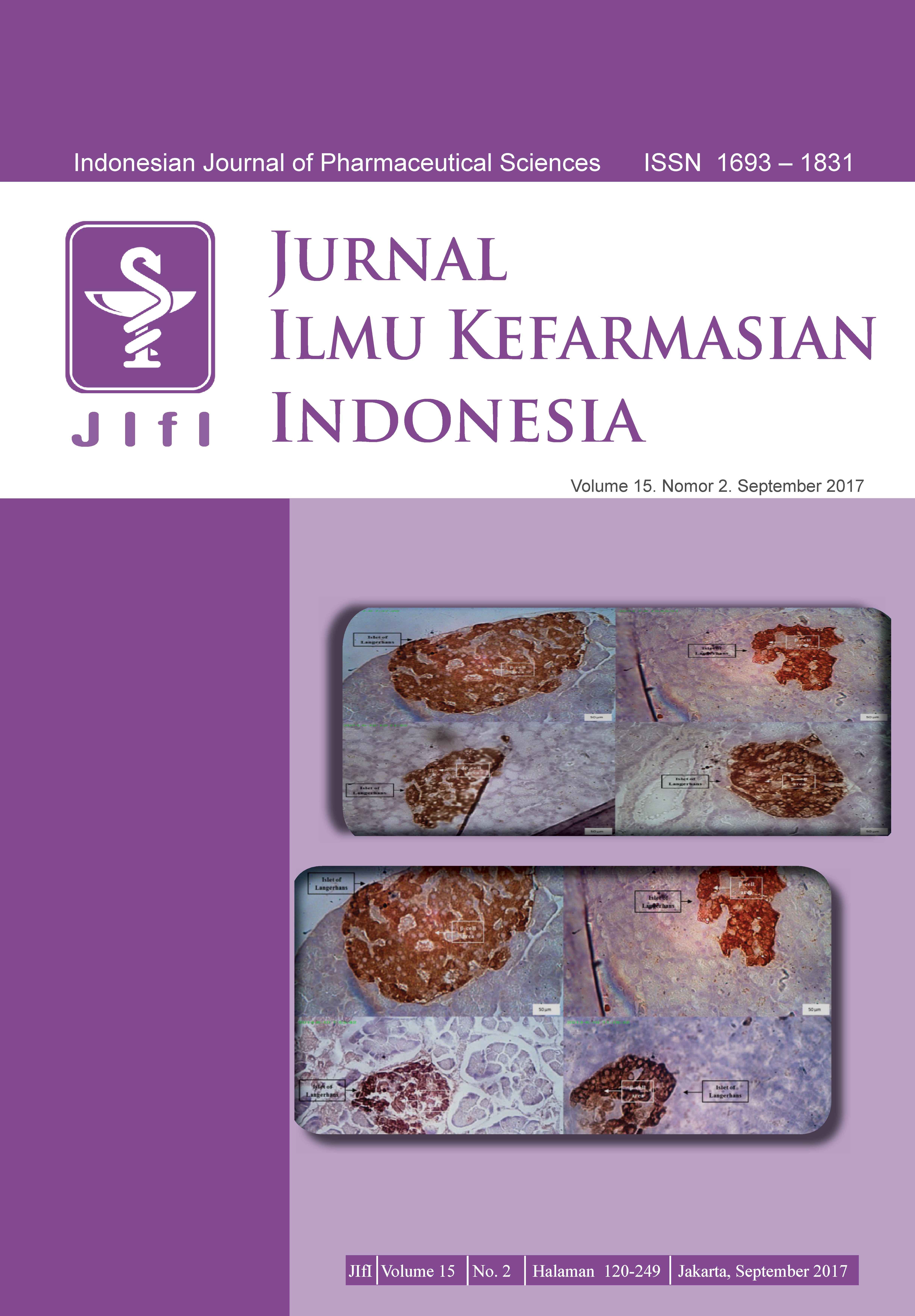



 Tools
Tools

